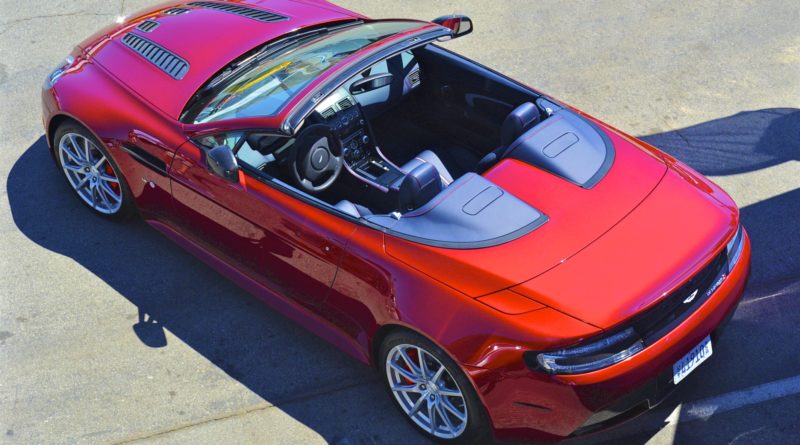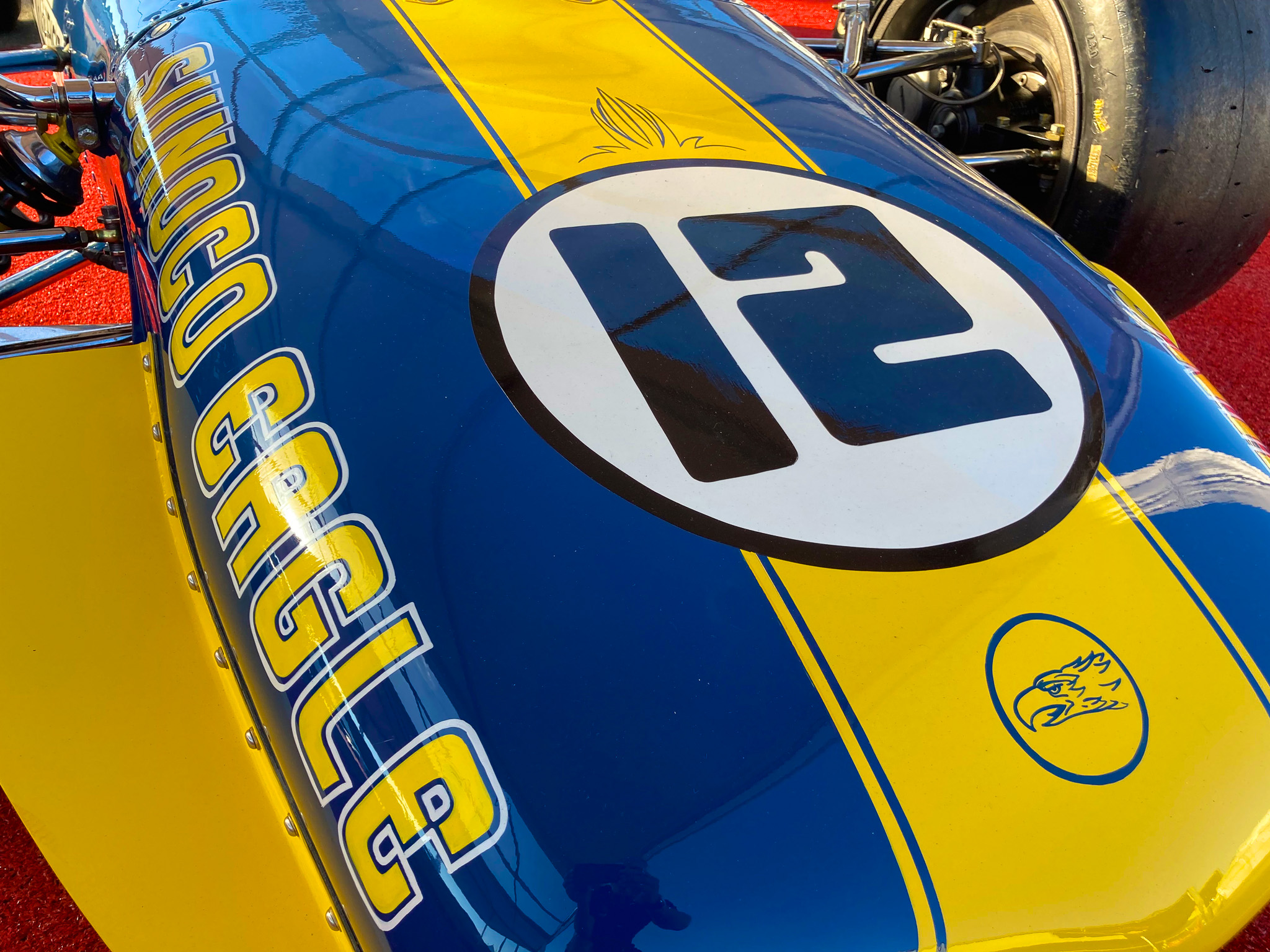Reliability in Today’s World
Reliability. When you think about it, it’s a big word. It carries the meaning of always being there when needed, of always coming through in the clutch. Most of all, it carries the meaning of trust. That’s a very big word. The highly valued, seldom fully satisfied virtue of Trust. It follows then, the business of reliability is a big one. As consumers we show some ignorance about our part in it.
These days we have ultra high expectations for our machines. We trust airplanes to stay in flight, to travel over desolate areas through 80 degree below zero weather for over twelve hours covering tens of thousands of miles and land us safely halfway across the world. We expect computers to flawlessly perform trillions and trillions of calculations every day, entrusting every part of our lives to their embedded bytes. They are so ensconced on our lives we often don’t even know they’re there – in our cars for instance. Most people don’t realize there are typically a dozen or two computers in our cars managing every function from engine management to the operation of the convertible top to our satellite radio.
These machines are the very embodiment of complexity. In the world of design and engineering, complexity is the enemy of reliability. More variables, more parts, more software, more circuits geometrically increase the risk of failure. There are comprehensive volumes of work done simply to analyze all of the ways things and systems can fail. There are people who spend their whole careers examining how systems might stop working so we can make sure it doesn’t happen.
So why then, do we often find ourselves complaining about reliability? Well, a lot of it depends upon us, upon our discipline, upon our adherence to schedules and protocols. Airplanes are not only extremely reliable because they are highly engineered and analyzed; they are highly maintained to strict schedules and standards. Parts are replaced according to analyses that have determined the Mean Time Before that part will Fail (MTBF) to develop Mean Time Before Replacement (MTBR) schedules (If you didn’t already know, aviation prides itself on how many acronyms it can create). Anyway, parts are replaced before they fail. It’s not good to have an engine turbine fan blade break during flight. The same is true of your car stopping in the middle of nowhere because you didn’t maintain your cooling system.

Hopefully your eyes have not glazed over yet. The core of my issue is this: we sometimes expect too much without expecting enough of ourselves. And the core of my subject today is exotic, low production cars, specifically auto manufacturer Aston Martin. I make an example of them because I know a fair amount about their cars. They only make about four or five thousand a year. For an automobile manufacturer to make a highly complex, extremely reliable machine at those volumes is incredibly challenging, and requires every person who works there to be engaged, motivated and dedicated to producing quality products.
Aston Martin has a truly devoted following of customers and admirers. They consistently produce some of the most beautiful and soulful cars in the world. But they have also always suffered from the rants of journalists about niggly little things and from users about reliability. Journalists nitpick about the position of this switch or that, or from whom a part (like side mirrors or nav systems or dials) may have been sourced. Some of them complained about the location of the gas cap release button. Seriously!? Have you ever heard anyone complain about the location of the gas cap release on a Ferrari? I’ve never heard of any Aston owner complaining about the location of a button. That’s because it doesn’t really matter. It’s not central to the operation of the vehicle. I thought the location of the Aston release button was actually kind of cool – discrete and backlit by a red LED! I also read a couple of journalists complained about the position of the gear shift knob on an Aston Martin V12 Vantage. Obviously, there was no understanding that fitting a V12 engine into a car the size of a Porsche might require some design compromises. And anyway, really?! You’re going to complain you don’t know how to accommodate a shift knob being 3 inches further aft than you’re used to?! Stop whining! Put your biases in your desk drawer and get real. This is one hell of a car. If you’re going to rant about switch positions or other such nonsense, then you’ve missed the whole point why this car exists at all. And I mean The Whole Point! No one who buys this car for its true essence is going to care much, if at all, about your switch whining.

Users also seem to think because they paid extra money for an exotic car they should be able to enjoy even higher levels of performance and reliability. Well, from an engineering standpoint to two are at opposite ends of the design spectrum; in other words, it’s incredibly expensive to approach the limits of both in the same machine. Why do you think race cars and prototypes fail so often? Besides that, the resources required to produce cars that meet today’s expectations are maddenly high; ridiculous in fact. Between safety and environmental regulations, computerized design and analysis, materials science and the complexity of sophisticated parts, and the ever-increasing number and complexity of on-board systems, no small-to-medium size car company can do it all. It is remarkable, and a testament to Aston Martin employees and investors, that the company continues to exist at all.
So, as Aston Martin users, do we have unreasonably high expectations? Not necessarily. For one, those are the expectations of Aston Martin itself. The problem is Aston Martin users typically do not have the same high expectations of themselves for both driving their cars and maintaining them.

In the exotic world, low mileage vehicles are highly valued. But sporadic use is the bain of reliability. Things must be used to maintain their elasticity, their lubrication and their protection properties and mechanisms. So, a car that is driven less than 3,000 miles a year probably isn’t getting the exercise it needs to stay reliable. Yet, I hear complaints all the time about Aston Martins that are ‘breaking’ because of this or that, when in fact the real culprit is an owner who has not done their due diligence in maintaining and using their vehicle in the proper manner. Keep the battery fully charged; it maintains the integrity of all those computers that are always sucking juice. Drive your car; it keeps those suspension bushings pliable and diminishes the formation of corrosion. Regularly change all of the car’s fluids; it reduces internal corrosion and degradation of non-metallic components.
When I say drive your car, remember it’s a high performance vehicle; it is built to be and meant to be driven hard! That means stomp on it, red line it, exercise those brakes. Blow the carbon out of those injectors, heat that baby up, get those brakes warm and move that suspension. If you tool around at 2500 RPM the whole time, you’re ultimately asking for trouble.
If you have a clutch, learn how to drive it. If you don’t know how to rev match, heel-and-toe, properly feather it and run the engine to the smoothest shift points, you’re never going to maximize clutch life. A clutch behind a 500+ hp engine cannot be as drivable as one behind a 150 hp engine and last as long unless you know how to treat it. You can get away with abusing the little clutch; the bigger one will make you pay. These cars demand your involvement, not your casual attention. That’s why you bought it, isn’t it? Then learn how to drive it, don’t baby it. My Aston mechanic and I talk all the time about Astons in his shop that are there only because the owner doesn’t treat it properly or maintain it correctly, and it’s all because they don’t know how. Yet they want to blame the car.
This is not a regular car; by it’s nature (high performance) it’s going to be a bit more temperamental. You have a responsibility to take care of it, so learn how to do that. Carbon Ceramic Brakes are a good example. I hear all the time about how these brakes squeak loudly and annoyingly. Yes, they have the penchant for doing that, especially when the owner doesn’t properly exercise them. Unless they are subjected to hard braking they will glaze over and squeak. And unless they are properly bedded (broken in) when new, they will also squeak. Don’t know how to do that? Ask the dealer, he should know. I would also bet some dealers don’t bed those brakes before selling a car. There is a specific procedure with several steps, the final one involving several full panic stops from 100 mph! There are not many places that can be safely done. I’m on my second set of CCB brake pads. The dealer mechanic thought I should experience doing it myself, so I’ve bedded both sets. My brakes do not squeak at all.
I have had two Astons. I’ve put over 75,000 on them and never had any issues. They are marvelous fun to drive and they are meant to be driven! Please, drive them and drive them hard! Use them for what they were created to do and for why you bought one in the first place. And please, learn how to maintain them. They will reward you with surprisingly good reliability. This lesson is true for almost everything we use today. We do have a part to play in the reliability game.




